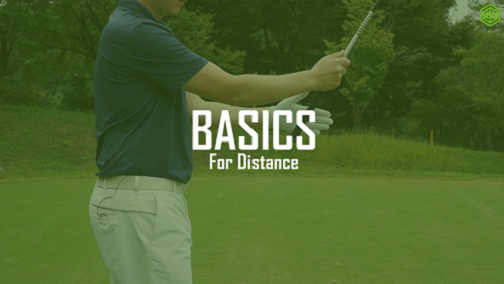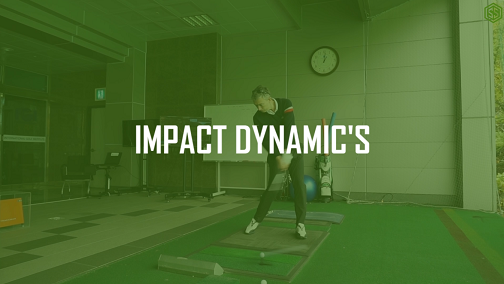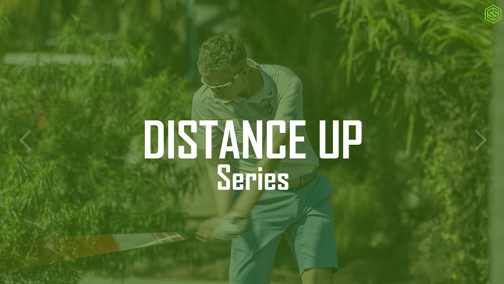What Causes a Hook
What really cause a Hook
Before you start trying to fix your hook, you need to know what causes your hook. Watch this video for the basic laws of a hook shot before you read hook tips, articles or have a lesson.
[button style=”small blue rounded” link=”https://swingstation.com/hook/” ]Click Here[/button] for more information, articles, tips and cures for Hooking.
Transcript
So you have a hook shot. You’re just about to start looking at articles, reading tips, even searching Youtube in an effort to fix your hook. Perhaps you’re about to go for a lesson. But before you do that, I feel you need to understand the basic laws of what causes a hook shot first.
By odd impact, any ball which moves from right to left in the air, the club face will be closed relative to the swing path. I’m assuming you’re hitting the middle of the club face. The bigger difference between the swing path and the club face, the more the ball will move in the air, the more the ball will curl in the air. Now the problem is that many players of all levels think the reason the ball is hooking, and the reason there’s a difference between the path and the club face, is that the club face is closed at impact.
If I was to give you an example of a typical hook shot, one that starts on-line and then curls to the left, at the moment of impact the club face will be reasonably square to the target, and the swing path will be to the right side of the target. You see, it’s the club face which determines the starting direction of the ball. So if your ball is starting reasonably straight, your club face is reasonably square at impact. It’s not your club face which is causing the problem, it’s the swing path being too much to the right side of the target.




